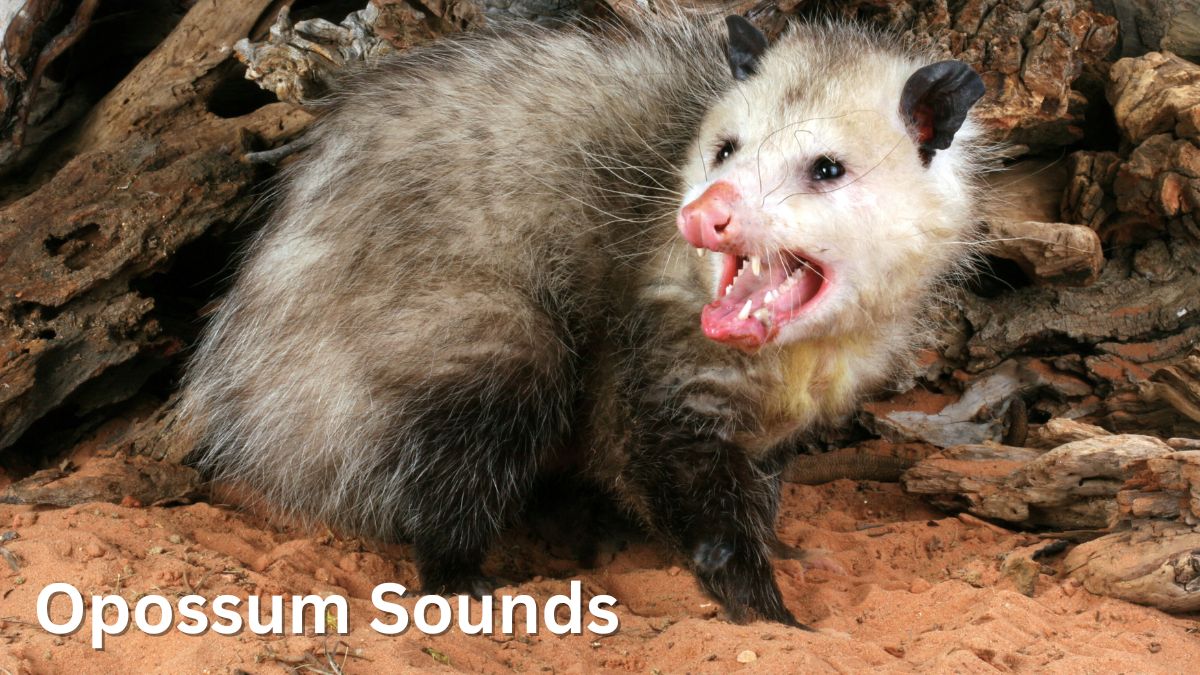Opossums, known for their unique behaviors and nocturnal nature, are fascinating creatures found throughout the United States. While their scavenging habits and defensive mechanisms like playing dead (or “playing possum”) are well-known, their vocalizations are often overlooked. Understanding opossum sounds can provide valuable insight into their behavior, communication, and presence in your surroundings.
In this article, we will delve deep into the various sounds opossums make, their meanings, and how to identify them. Additionally, we’ll explore the unexpected connection between opossum habitats and intriguing topics like frog poop, which is commonly found in areas frequented by these creatures.
Why Do Opossums Make Sounds?
Opossums are generally quiet animals, but they do communicate through a variety of sounds. These vocalizations are primarily used for the following purposes:
- Defending territory
- Expressing distress
- Communicating with offspring
- Attracting mates
While they don’t have an extensive vocal range like some animals, their unique sounds serve specific functions that are crucial to their survival.
Types of Opossum Sounds and Their Meanings
1. Hissing
Hissing is one of the most common sounds opossums make, often when they feel threatened. The sound is produced by exhaling air forcefully through their mouth. If you encounter an opossum hissing, it’s a sign that the animal is scared and trying to deter predators or intruders.
2. Growling
Growling is another defensive sound. It’s deeper and more guttural than hissing, typically used by adults to warn predators or other animals to stay away. This sound often accompanies aggressive body language, such as baring teeth.
3. Clicking
Mother opossums and their babies communicate through soft clicking sounds. These clicks are a form of reassurance and bonding, helping mothers locate their young and vice versa. It’s a soothing sound that indicates a close-knit family unit.
4. Screeching or Screaming
When opossums are in extreme distress, they may emit loud screeches or screams. These sounds are rare but indicate that the animal is in significant danger or pain. Screeching can be startling if you hear it at night.
5. Chattering
Chattering is a less common vocalization but can be heard during social interactions. It’s usually low-pitched and rhythmic, signaling non-aggressive communication between opossums.
Identifying Opossum Sounds in Your Area
To identify opossum sounds, pay attention to the following:
- Time of Day: Opossums are nocturnal, so their vocalizations are most likely to occur after sunset.
- Environment: Look for opossum habitats, such as wooded areas, underbrush, or near human dwellings where they scavenge for food.
- Behavioral Cues: Observe the animal’s body language if visible. Aggressive sounds like hissing and growling often accompany defensive postures.
Recording and analyzing these sounds can help you confirm if the noises you hear are indeed from opossums.
The Connection Between Opossum Habitats and Frog Poop
Opossums and frogs often share overlapping habitats, especially in moist, wooded areas or near water sources. These environments are ideal for frogs, which in turn attract opossums due to the availability of insects and other small prey.
What Does Frog Poop Look Like?
Frog poop is typically dark brown or black, cylindrical, and often shiny due to its moist surface. It can be surprisingly large compared to the size of the frog, making it noticeable in areas where frogs are active.
Why Include Frog Poop in This Discussion?
Identifying frog poop can provide clues about the presence of frogs and, indirectly, opossums. Since opossums are opportunistic feeders, they might inhabit areas with a healthy population of frogs and other small animals. Observing frog poop (and even taking a pic of frog poop for reference) can help you understand the ecosystem dynamics in your area.
How to Coexist with Opossums
While opossums can sometimes be perceived as pests, they are essential for maintaining ecological balance. Here are some tips for coexisting with these unique creatures:
1. Secure Food Sources
Keep garbage cans sealed and avoid leaving pet food outside to prevent attracting opossums.
2. Protect Your Garden
If you’re a gardener, consider fencing or using natural deterrents to keep opossums away from your plants.
3. Provide Safe Passage
Opossums are excellent climbers but can sometimes get trapped in human-made structures. Creating safe escape routes can reduce their stress and prevent unwanted encounters.
4. Educate Yourself and Others
Understanding opossum behavior and sounds can help you appreciate their role in the ecosystem. Sharing knowledge with friends and family can foster a more harmonious relationship with wildlife.
Fascinating Opossum Facts
- Immune to Venom: Opossums are resistant to many snake venoms, making them excellent at controlling snake populations.
- Low Disease Risk: Despite their scavenging habits, opossums are less likely to carry diseases like rabies due to their lower body temperature.
- Clean Eaters: Opossums groom themselves meticulously, reducing the risk of spreading parasites.
Conclusion
Opossums may be quiet and elusive, but their vocalizations reveal a world of communication and interaction worth exploring. By understanding their sounds and behaviors, we can better coexist with these nocturnal neighbors. Additionally, keeping an eye out for signs of overlapping habitats, such as frog poop, can offer valuable insights into local wildlife dynamics.
Whether you’re intrigued by their hissing and clicking or curious about their connection to frogs, opossums are undeniably fascinating creatures that play a vital role in the ecosystem. Next time you hear a strange noise in the night, consider the possibility that an opossum might be nearby, sharing its unique voice with the world.
